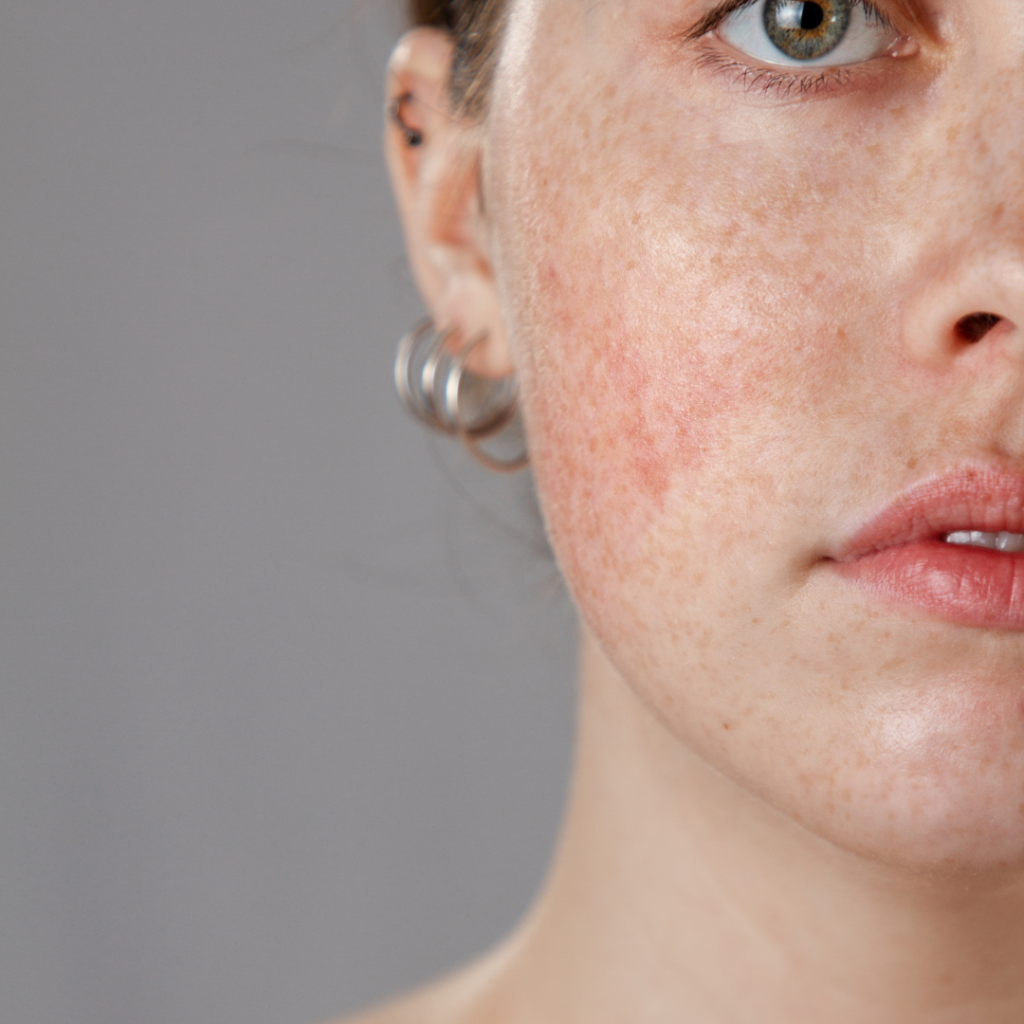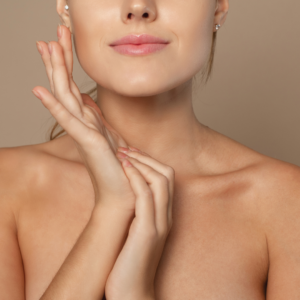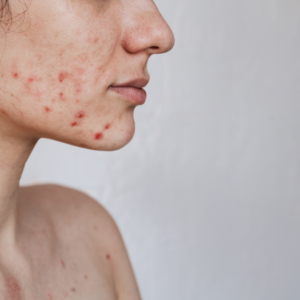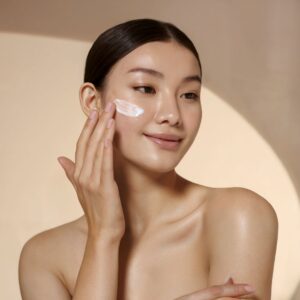
How to Choose the Best Sunscreen: SPF, Ingredients & Skin Type Explained
Discover a youthful lift without surgery. Learn how our thread lift at Bryn Mawr Dermatology can rejuvenate your appearance.
Each April, Rosacea Awareness Month shines a spotlight on a skin condition that affects more than over 16 million Americans and an estimated 400 million people worldwide. Despite how common it is, rosacea is frequently mistaken for acne, skin sensitivity, or sun damage, leading many people to go undiagnosed and untreated.
Rosacea typically appears as facial redness, visible blood vessels, and flare-ups that can worsen over time. For many, it significantly impacts self-esteem and daily comfort. This awareness month serves as a reminder of the importance of early diagnosis and access to proper treatment.
In this article, we’ll explore the signs, symptoms, causes, and most effective treatments for rosacea—plus helpful day-to-day strategies to manage flare-ups. If you’ve noticed persistent redness or irritation, it might be time to consult a professional.
While this article spells out some important information about rosacea, we highly recommend you read the full article, here are the key points we will focus on:

Rosacea is a chronic inflammatory skin condition that most commonly affects the face. It leads to redness, visible blood vessels, and sometimes acne-like bumps. While the exact cause isn’t fully understood, research points to a combination of genetic, environmental, and immune-related factors.
According to the National Rosacea Society, rosacea often develops in adults between the ages of 30 and 50 and may worsen over time without treatment. Possible contributing factors include abnormal blood vessel function, an overactive immune response, and the presence of microscopic mites on the skin (Demodex).
Rosacea is not contagious and isn’t caused by poor hygiene, but flare-ups can be triggered by things like sun exposure, spicy foods, hot beverages, alcohol, heat, and emotional stress. Understanding and avoiding these triggers is key to managing symptoms.
Rosacea can present in several ways, often making it hard to recognize in its early stages. Common signs and symptoms include:
Early diagnosis and treatment can help prevent rosacea from progressing or becoming more difficult to manage.
Rosacea can affect anyone, but certain people are more likely to develop it due to genetic and environmental factors:
Although there’s no cure for rosacea, the right treatment plan can dramatically reduce symptoms. Effective options include:
Common triggers that can lead to flare-ups include:
Keeping a journal to track triggers and flare-ups can help you identify patterns and make informed lifestyle adjustments.
The ideal rosacea skincare routine should be gentle, hydrating, and protective:
If you’re unsure whether your symptoms are related to rosacea or if you’re struggling to control flare-ups on your own, it’s time to seek professional help. Book a dermatology consult if you’re experiencing:
Getting an accurate diagnosis early on can make a huge difference in managing rosacea long-term.
At Bryn Mawr Dermatology, we take a comprehensive approach to rosacea treatment, combining clinical expertise with compassionate, personalized care. Our board-certified dermatologists offer customized plans that may include prescription medications, laser treatments, lifestyle guidance, and medical-grade skincare—including our in-house BMD Rosacea Gel, specially formulated to soothe redness and irritation.
Whether newly diagnosed or struggling to manage chronic flare-ups, our team will work with you to find long-term relief. With convenient locations in Chesterbrook, Collegeville, and Villanova, PA, expert care is always within reach.
Schedule your consultation today at Bryn Mawr Dermatology or call (267) 486-3482 to take the first step toward healthier, calmer skin.

Discover a youthful lift without surgery. Learn how our thread lift at Bryn Mawr Dermatology can rejuvenate your appearance.

Discover a youthful lift without surgery. Learn how our thread lift at Bryn Mawr Dermatology can rejuvenate your appearance.

Struggling with acne scars? Discover the best dermatologist-approved treatments for smoother, clearer skin.

Looking to get your body summer-ready? Explore CoolTone and other expert treatments at Bryn Mawr Dermatology. Book your consultation today!

Looking to get your body summer-ready? Explore CoolTone and other expert treatments at Bryn Mawr Dermatology. Book your consultation today!

Looking to improve your skin’s texture and tone? Discover CO2 laser treatments at Bryn Mawr Dermatology in Pennsylvania.

By: Bryn Mawr Dermatology, Published: March 4 2024
Medically Reviewed By: Christine Stanko, MD, FAAD –March 3, 2025
For COSMETIC APPOINTMENTS:
For MEDICAL APPOINTMENTS: